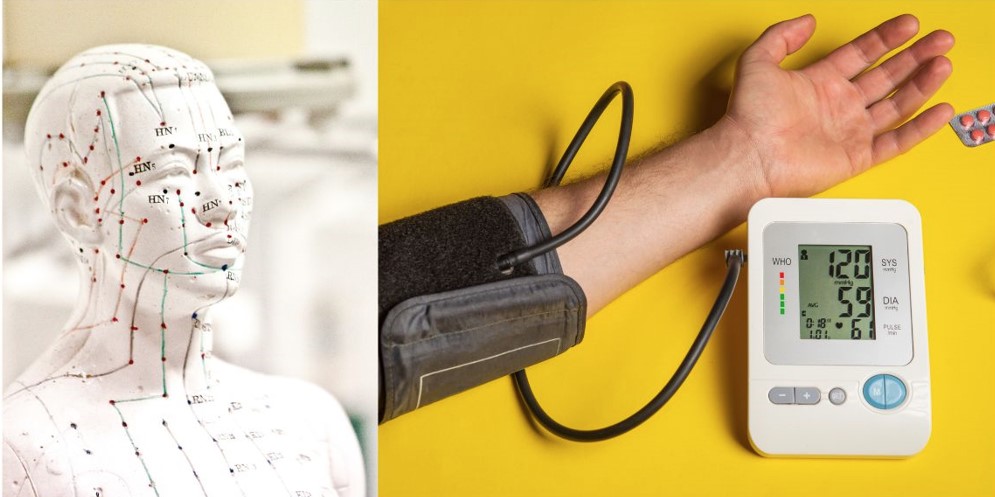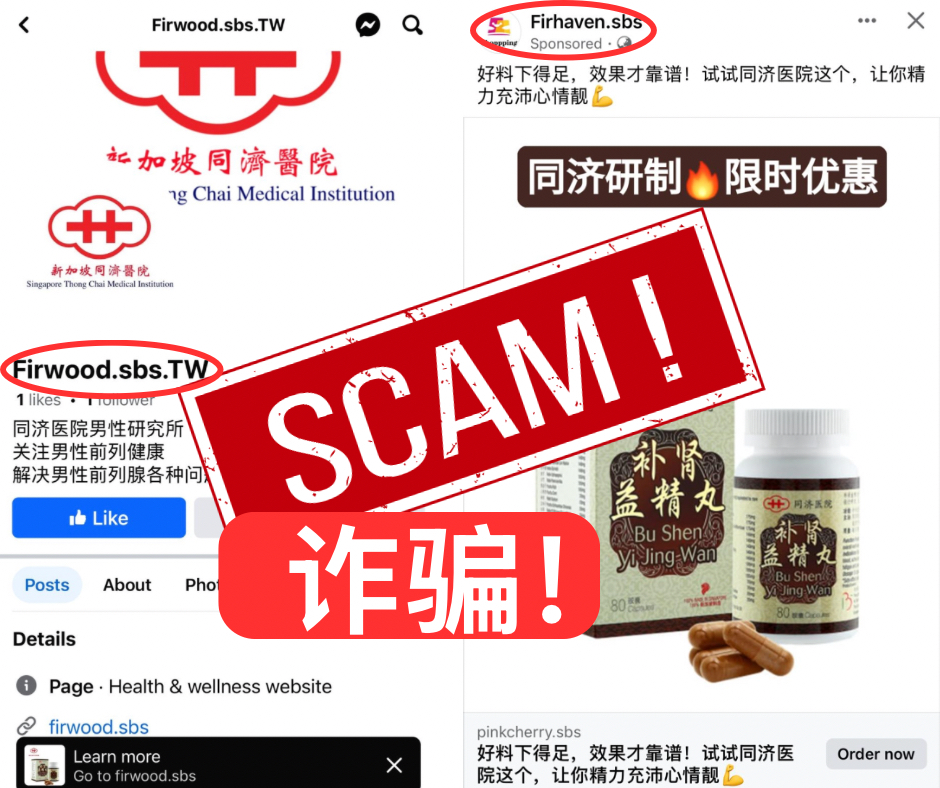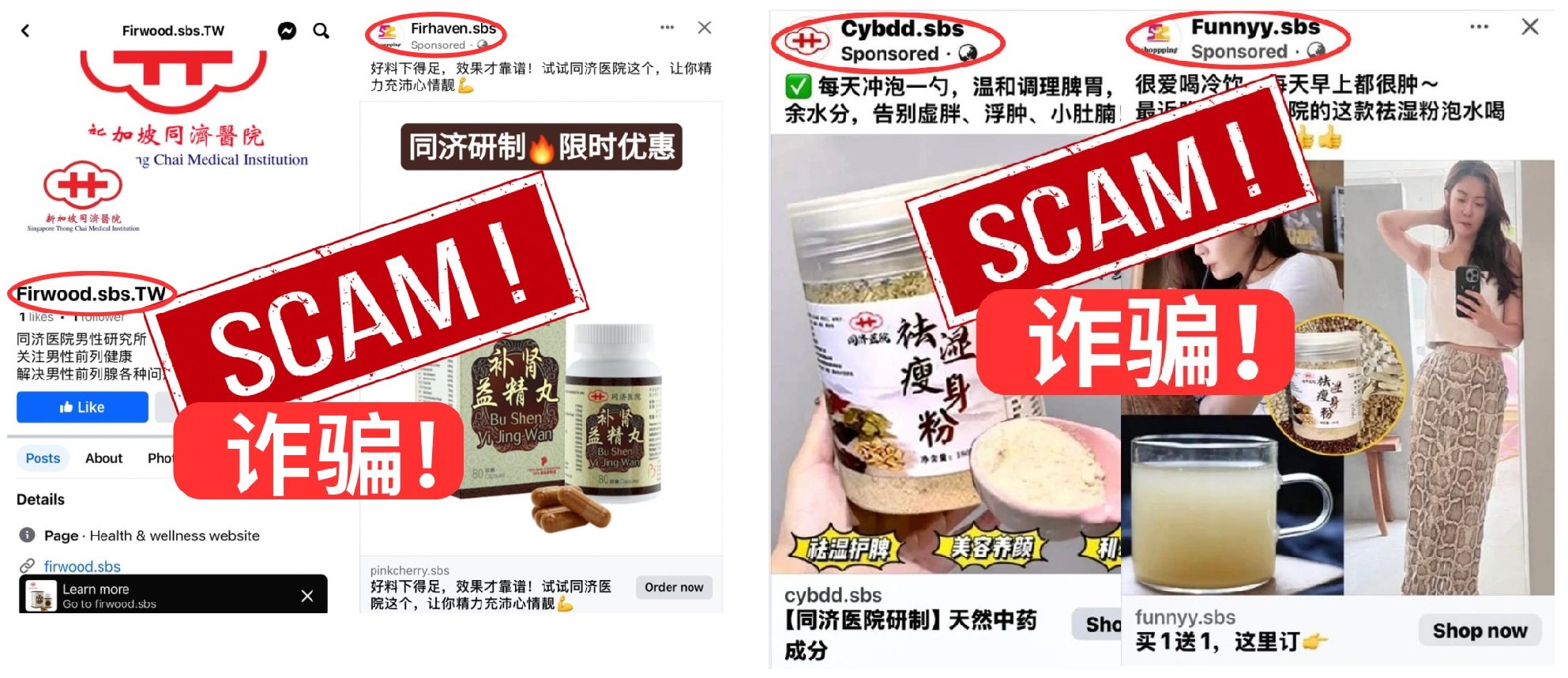高血压是现代医学病名,主要以收缩压或,和收缩压的升高有关。虽然古籍中未曾记载高血压,但高血压常见的症状如 “头痛” 和 “眩晕” 则有相关记载;其中,针灸以及艾灸疗法有着悠久的历史,也是治疗高血压最有效的方法之一。多项研究表明,这效果通过针刺操作对神经系统的刺激实现,能够下调与高血压相关的关键激素,如血浆内皮素、儿茶酚胺和肾上腺素。
根据文献综述,传统中医(TCM)对高血压的管理与中医特有的脏腑系统疾病密切相关,治疗方法根据不同的病因有所变化,针对不同的系统进行调理。研究显示,针灸治疗高血压的三种主要方法如下:
1. 肝经系统疗法:在中医理论中,“肝主疏泄,调节气机,藏血。”肝脏对血液循环的影响与情绪变化密切相关。长期处于高压或紧张的状态会影响肝脏调节气血的功能,导致肝气郁结,进一步积聚并转化为肝火。这种过多的热气会引起气血流动不畅,导致气血逆流,尤其表现为头晕、头痛、易怒等症状。太冲穴常常被用于调节气血流动,防止这种不平衡现象的发生。
2. 人体解剖学视角:另一个常见的中医实践是利用人体解剖学来指导针灸点的选择,许多选定的穴位位于颈部附近的肌肉上,如胸锁乳突肌、斜方肌和肩胛提肌。例如,人迎穴在《黄帝内经·灵枢》经典文献中被描述为能够有效治疗头痛、头晕、气短和胸痛,这些症状通常出现在急性高血压的情况下。此区域的神经包括颈动脉窦、交感神经、副交感神经(特别是迷走神经)以及压力感受器,均与血压的调节密切相关。
3. 化痰与血瘀治疗:现代饮食习惯通常包括大量油腻和甜食,且容易暴饮暴食,这会削弱脾胃的功能,导致这些脏腑无法有效吸收和分配营养和水分。随着体液代谢的紊乱,水湿积聚,最终形成痰。痰湿可阻塞血管,导致血瘀。血管的狭窄也会触发体内的反射机制,强化血管收缩以促进血液循环,从而引发高血压。已有研究表明,曲池穴和丰隆穴这两个穴位对高血压有显著的疗效。曲池穴是气血积聚之处,常用于调节气血循环。选择丰隆穴部分是因为现代饮食习惯的问题,该穴位被认为可以从中医的角度帮助祛痰。
References
- Whelton PK, Carey RM, Aronow, WS, et al. 2017 ACC/AHA/AAPA/ABC/ACPM/AGS/APhA/ASH/ASPC/NMA/PCNA guideline for the prevention, detection, evaluation, and management of high blood pressure in adults: a report of the American College of Cardiology/American Heart Association Task Force on Clinical Practice Guidelines. J Am Coll Cardiol. 2018;71(19):e127–e248.
- 卫彦, 孙忠人, 寇吉友, 等. 针刺人迎穴治疗高血压病120例临床观察.针灸临床杂志.2006(02):4-5.
- 袁恺, 李万瑶, 熊俊, 等. 针刺颈穴对原发性高血压患者血压、血清一氧化氮及血浆内皮素-1的影响. 时珍国医国药. 2013,24(06):1528-1530.
- 王舒馨, 刘健. 针刺治疗单纯舒张期高血压临床医案. 中华针灸电子杂志.2020,9(01):13-14.
- 张朝晖, 周洁, 王强, 等. 针刺治疗原发性高血压病及其对血管内皮功能的影响. 中国针灸, 2004(08):24-25.
- Bolívar JJ. Essential hypertension: an approach to its etiology and neurogenic pathophysiology. Int J Hypertens. 2013;2013:547809.
- Stocker SD, Osborn JL, Carmichael SP. Forebrain osmotic regulation of the sympathetic nervous system. Clin Exp Pharmacol Physiol. 2008,35(5-6):695-700.
- Chen QH, Toney GM. AT(1)-receptor blockade in the hypothalamic PVN reduces central hyperosmolality-induced renal sympathoexcitation. Am J Physiol Regul Integr Comp Physiol. 2001 Dec;281(6):R1844-53.
- 钱超尘主校.黄帝内经素问.人民卫生出版社.1998,11.
Click to download PowerPoint



